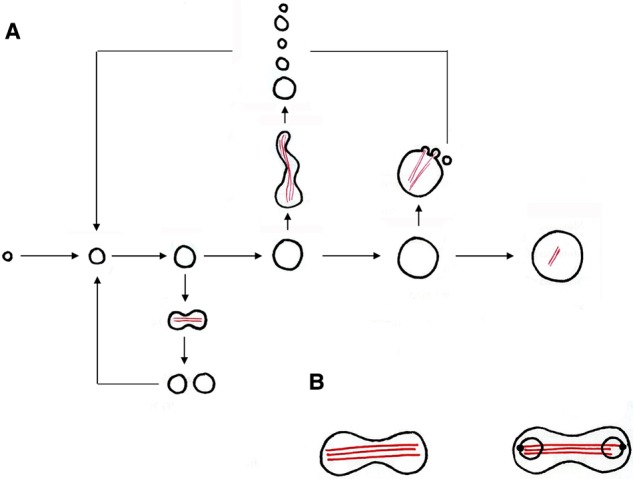Figure 2. Schematic drawing (by Mark Leaver) of our early ideas on possible mechanisms for L-form proliferation.

(A) The central path illustrates that L-forms have a wide range of sizes. After a period of growth, proliferation can take any one of many forms, from essentially binary fission to the proliferative events exemplified in Figure 1. Red lines illustrate hypothetical cytoskeletal filaments that could be involved in driving shape changes leading to proliferation. (B) Model for proliferation based on the idea that active segregation of chromosomes (illustrated again by putative cytoskeletal or motive filaments) could drive shape changes leading to proliferation.
